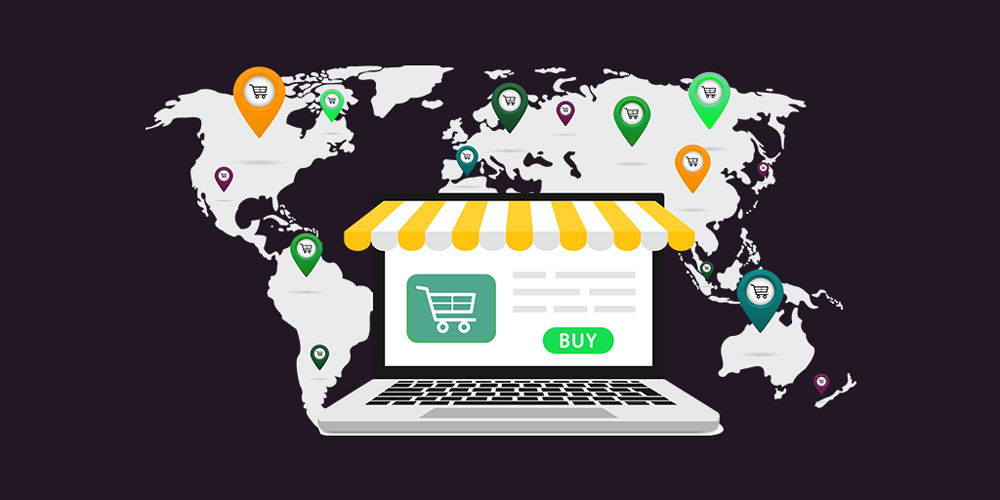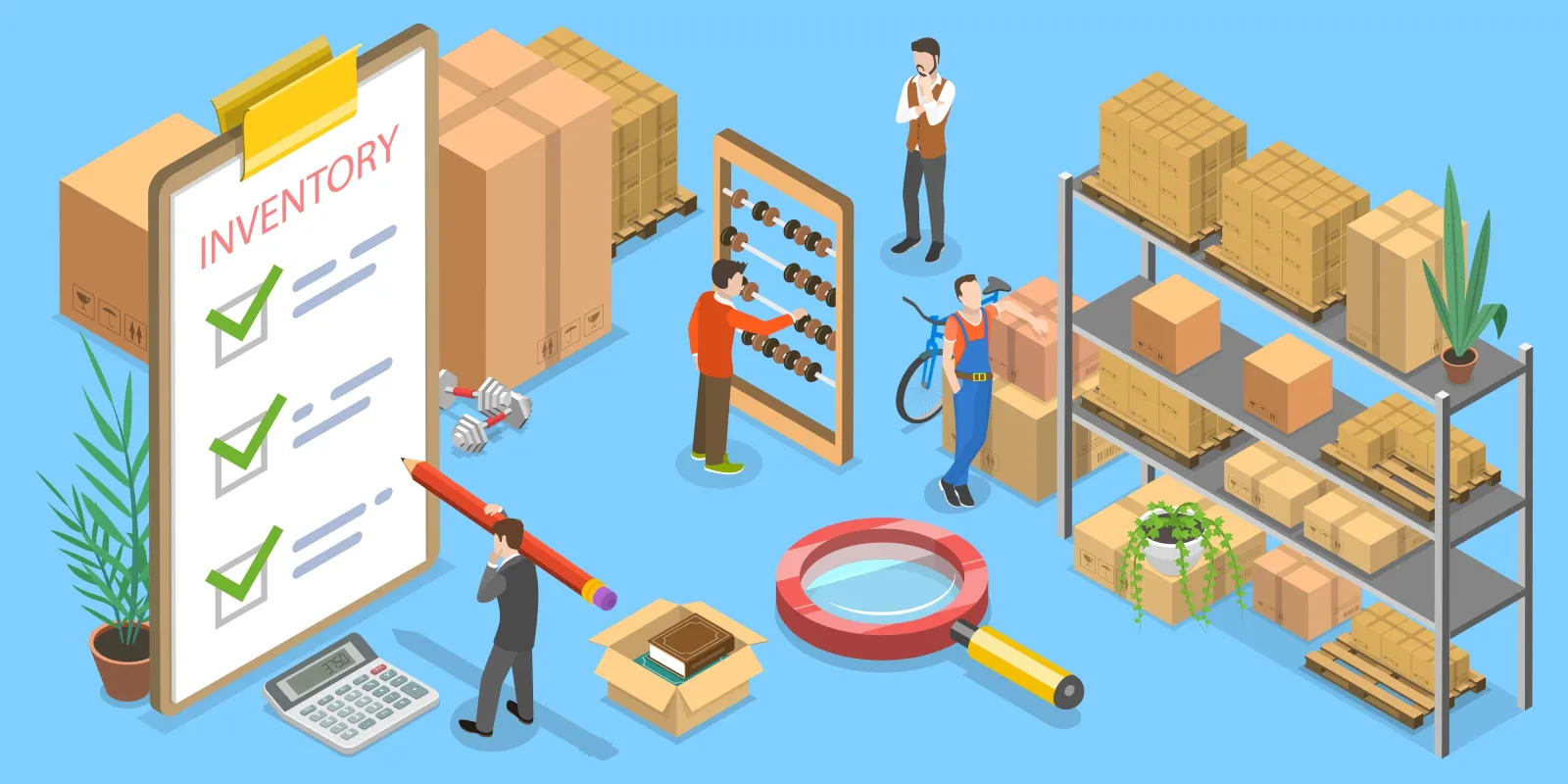How to Choose the Right TMS Provider: A Strategic Guide
As global supply chains grow in complexity and customer expectations continue to rise, businesses need more innovative logistics solutions to stay competitive. A Transportation Management System (TMS) can help streamline shipping operations, reduce freight costs, and enhance visibility. But choosing the right TMS provider isn’t just about picking software—it’s about finding a long-term logistics partner who understands your business needs.
In this guide, we’ll walk you through a strategic, step-by-step approach to selecting the right TMS provider, covering everything from core features to integration, pricing, and long-term scalability.

1. Understand Your Business Needs
Before you evaluate providers, clearly define what you need your TMS to accomplish. Consider:
- Shipping volume: Do you manage dozens or thousands of shipments daily?
- Transport modes: Do you handle freight, parcel, LTL, FTL, or multimodal shipping?
- Geographic scope: Are you operating domestically, regionally, or globally?
- Integration needs: Will the TMS need to connect with ERP, WMS, or eCommerce platforms?
The better you understand your logistics workflows, the more effectively you can identify a system that fits.
2. Prioritize Must-Have Features
TMS platforms have many capabilities, but not all of them are necessary for every business. Common must-haves include:
- Real-time shipment tracking
- Carrier rate comparison and selection
- Load planning and route optimization
- Freight audit and invoice reconciliation
- Analytics and performance dashboards
- Automated documentation and compliance tools
Make a checklist of essential features and separate them from “nice-to-haves.”

3. Evaluate Cloud-Based vs. On-Premise Solutions
Depending on your IT infrastructure and budget, you’ll need to decide between:
- Cloud-Based TMS: Offers scalability, fast deployment, and remote access with lower upfront costs.
- On-Premise TMS: Provides greater data control and customizability but requires internal IT support and a higher initial investment.
Choose based on your company’s size, data security requirements, and operational flexibility.
4. Check Integration Capabilities
Your TMS must work seamlessly with your existing tech stack. Key integrations may include:
- ERP systems (e.g., SAP, Oracle)
- WMS platforms
- Order management or eCommerce platforms (e.g., Shopify, WooCommerce)

- Third-party logistics (3PL) partners
Ask potential providers for technical documentation or proof of successful integrations with systems similar to yours.
5. Compare Vendor Expertise and Industry Focus
Not all TMS providers specialize in the same industries. Some excel in retail and e-commerce, while others are built for manufacturing, automotive, or cold-chain logistics. Look for:
- Case studies from companies like yours
- Experience with your specific transportation modes
- Availability of industry-specific features (e.g., temperature monitoring, bulk load management)
Choose a provider with a proven track record in your sector.
6. Assess Scalability and Flexibility
As your business grows, your logistics demands will evolve. A future-ready TMS provider should offer the following:
- Modular features you can add as needed
- Multi-location and multi-user support
- Cross-border shipping capabilities
- APIs for future integrations and automation
A scalable system reduces the need for costly replacements later.
7. Request a Live Demo and Trial Access
Always request a live demo to evaluate the user interface and navigation. If possible, get trial access to test real-world functionality:
- Is the dashboard intuitive?
- Can your team complete tasks easily?
- How responsive is the support team during onboarding?
Hands-on experience will give you confidence in your final decision.
8. Understand the Pricing Structure
TMS pricing models vary widely. Common types include:
- Subscription-based (SaaS): Monthly or annual plans based on shipment volume or number of users.
- License + Maintenance: One-time license cost with ongoing support fees (typical for on-premise systems).
- Transaction-based: Pay-per-shipment model, ideal for low-volume shippers.
Ensure you understand all potential costs, including implementation, training, support, and future upgrades.
9. Evaluate Support and Customer Service
A great system is nothing without great support. Ask about:
- Availability: Is support 24/7 or only during business hours?
- Channels: Phone, email, live chat, or ticket system?
- Training resources: Do they offer onboarding, tutorials, or certification programs?
- Dedicated account manager: Do they provide personalized service or a generic help desk?
Responsive, knowledgeable support can save you time and money when issues arise.
Conclusion: Think Beyond the Software
Choosing the right TMS provider is a strategic decision that affects every aspect of your logistics operation. It’s not just about the features—it’s about fit, support, long-term partnership, and your ability to grow without friction.
At PostalParcel.com, we help logistics-driven businesses simplify transportation with modern, scalable TMS solutions tailored to real-world supply chain needs. Whether you’re shipping locally or globally, we can connect you with technology that drives efficiency, accuracy, and ROI.
Industry Insights
news via inbox
Nulla turp dis cursus. Integer liberos euismod pretium faucibua








